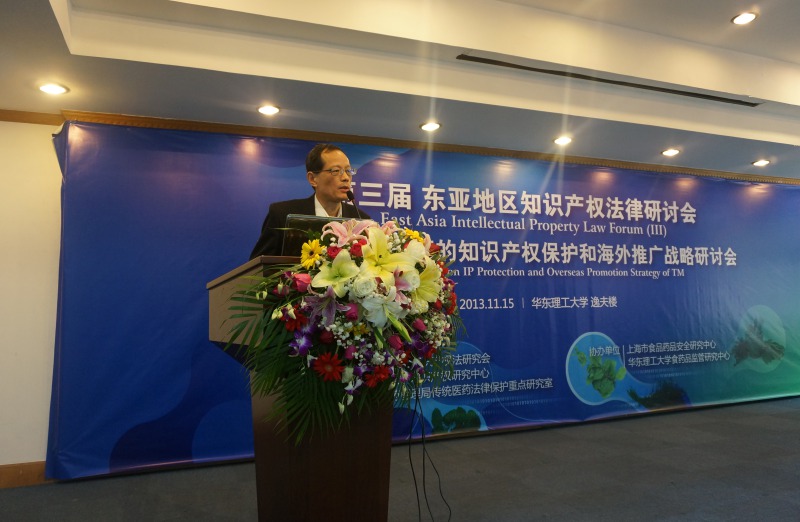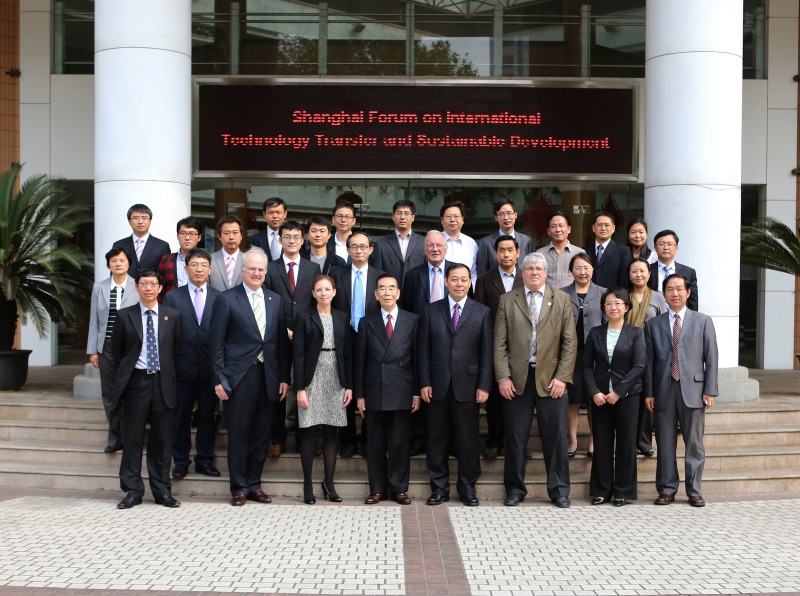Special exhibition of Silk Road civilizationofficially launched in Peking University Museum
From November 1, 2019, the seikler Museum ofArchaeology and art of Peking University launched its annual exhibition:"thousand mountains share the same color - special exhibition of Silk Roadcivilization". This exhibition gathers 70 pieces (groups) of preciouscultural relics from 11 museums, among which, "Yingpan men'sclothing" comes from tomb 15, Yingpan cemetery, Yuli County, BayingolinMongol Autonomous Prefecture, Han and Jin Dynasties. The clothes of the tombowner are of exquisite quality, well preserved and bright color. Next, see thespecific introduction of "Yingpan men's clothing".
The costumes are from tomb 15 of Yingpan cemetery.The owner of the tomb, male, is about 25 years old. His body has beenmummified. Head pillow, Jiming pillow, with hemp mask. Inside the body is a light-yellowsilk robe, outside is a red double-sided robe with the pattern of human andanimal trees, and the trousers are embroidered with wool. Wear silk coveredsocks with gold felt. The waist is tied with a silk belt and hung with sachetsand silk fish. The left arm is embroidered with blue skirt. A dark-clothes isplaced on the chest and left wrist respectively. The mandible and limbs arewrapped with pale yellow silk belt. The quality of personal clothes isexquisite, well preserved and bright in color.
The tomb owner wore a double-sided robe with redground to human and animal tree patterns, 2750px long and 2500px wide at the hem.Cross neck, right lapel, slit at both sides of hem to crotch. It is adouble-layer double faced fabric with red as the ground yellow on the surface,the same pattern on the back and the opposite color. The patterns aresymmetrical and regular, with six groups in each area. The typical Persianpatterns, such as human pattern, cow pattern and sheep pattern, are arrangedhorizontally, separated by horizontal rows of fig trees or pomegranate trees.The characters are all naked men, with curly hair and high nose. They aremuscular, strong and powerful. They wear a cape on their shoulders and haveweapons in their hands. They are in the shape of Eros, the ancient Greek god oflove. Each group of patterns are in the form of two-way continuous, through thebreadth. The overall pattern reflects the artistic characteristics of theintegration of ancient Greek and Persian cultures.
The owner of the tomb is wearing the crotch pantswith wide pants. The fabric is crimson purple plain silk, which is embroideredwith light yellow, lake blue, red and pink green wool in a lock stitch way. Thepattern skeleton is a tetragonal continuous rhombic lattice composed of Lianzhuand seven petals, filled with four leaves and eight buds of flowers. Thestitches are fine and symmetrical, and the color matching is simple andgenerous. The gold felt boots on the silk surface are specially made for thedead. They are made of light yellow silk and sewed together with the felt onthe inner layer. The upper and sole of the boots are sewn with arched silkpieces pasted with gold foil. Gold foil has a triangle and a square, which arecombined into geometric patterns according to the shape of the silk lining atthe bottom. It is the earliest material object in the golden silk fabric.
Source: Sina culture
time: October 31, 2019
next:The right way to open up "winter": whatelse should I do besides eating dumplings?


